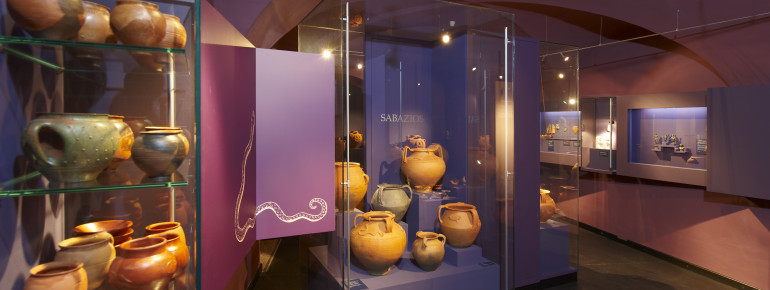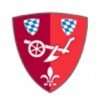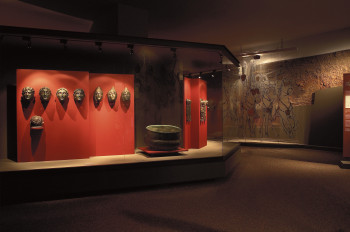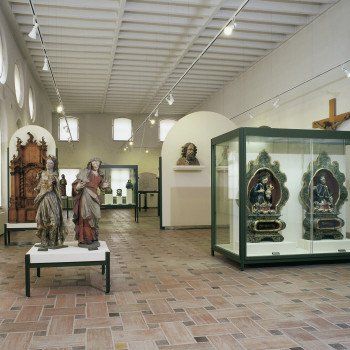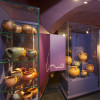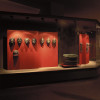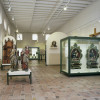Contents
Description
The Gäubodenmuseum gives an insight into the history of the city of Straubing and its surroundings, the Gäuboden. The highlight is the Roman department, one of the largest of its kind in Bavaria.
Exhibits from the Neolithic Age to 1918
The history of the collection goes back to the Neolithic Age. The museum's archaeological holdings provide an insight into the early settlement of the Straubing region and the early history of Bavaria. In the section "Sacred Art" an overview of the artistic creation of the region from Romanesque to Rococo and popular piety is shown. "Kurfürst und König" shows the city history of Straubing and the role of the city in the electorate of Bavaria during the Counter-Reformation up to the end of the kingdom in 1918.
The Roman treasure trove
The most important group of objects in the museum is the Roman treasure, which was recovered in 1950. It includes parts of Roman armour, weapons, bronze statues and iron tools. The Sorviodurum Roman Park, the Roman name of Straubing, offers an insight into Roman life on the Danube. It was opened on the site of the former fort. The planting, pathways and outlines of the buildings make it clear what the fort once looked like and what its functions were.
Historical Information
The Gäubodenmuseum has existed since 1908. The beginnings of the museum's collection date back to 1845, when the municipal arsenal was divided into "historical" and "serviceable". Historical weapons and equipment went into the collection for the museum.
How to get there
The Gäubodenmuseum is located not far from Ludwigsplatz, in the centre of the city centre, just a few minutes' walk from the city tower and the large Am Hagen car park.

